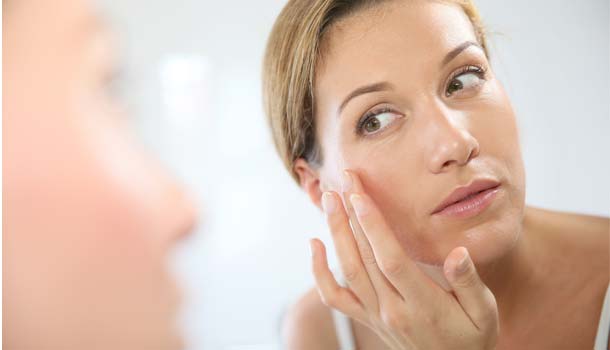Know About The Causes And Treatment Of Melanoma

Age spots are gray, black or brown flat spots that appear on the surface of the skin especially the face. In most cases, age spots occur on skin areas that have been exposed to the sun. They might also be referred to as solar lentigines, sun spots, senile lentigo or liver spots. Usually, age spots are more pronounced in adults above 50 years. However, younger people can as well get age spots especially if they expose their skin to sunlight for long. Although age spots might resemble cancerous growths, natural age spots are completely harmless and might not require treatment. Here are the causes and treatment of melanoma.
Age spots might be an indication of an underlying melanoma condition. Additionally, what causes age spots on face depends on your lifestyle as well as your age. Melanoma might begin as some normal age spots, but deep down it is a special type of skin cancer that should worry you. In most cases, once it melanoma has affected one place of your body; it is in a position to spread fast and affect other body parts as well. Usually, melanoma will spread to lymph nodes and tissues underneath your skin. Most melanoma cases cannot be cured, however; relevant support and treatments can help patients live better for longer. Doctors now have new therapies that help increase the rates of survival.
Note that you have full control over decisions you make especially about your life and the treatments to go for. It is prudent to have individuals you can discuss your feelings, your fears and your plans with. Therefore, if you have melanoma, it is wise to find the necessary support to help you through. Additionally, you might want to learn more about what causes age spots on face as well as possible treatment options. This will ensure that you make your decisions wisely and avoid regrets in future.
Melanoma is mostly caused by ultraviolet radiation exposure from tanning beds or directly from the sun. According to doctors, melanoma is characterized by damaged DNA skill cells. Once your skin’s DNA cells have been damaged, they begin to grow and cannot be controlled anymore. It is possible to get melanoma on body parts that do not receive sunlight such as the palms as well as your eyes’ retinas. You are at more risk of getting melanoma if you have:
If you are yet to undergo a melanoma diagnosis, your doctor will carry out a skin examination if he/she thinks that you might be having skin cancer. To find out, a biopsy will be necessary, and there are two biopsy types including punch biopsy, which is characterized by removing a round skin piece and excisional biopsy, where the doctor removes the whole growth.
Your doctor will examine the growth to find out its thickness using a microscope. In most cases, thicker tumor implies a more serious cancer. If you have undergone a melanoma diagnosis before, an imaging test and a blood test may also be carried out for you to find out whether melanoma has already spread out to other areas.
Although age spots are completely natural, some might be a sign of melanoma. Usually, age spots are caused by exposure to UV rays for long. Be sure to discuss the available melanoma treatment options with your doctor to make sure that you make an informed treatment decision.
